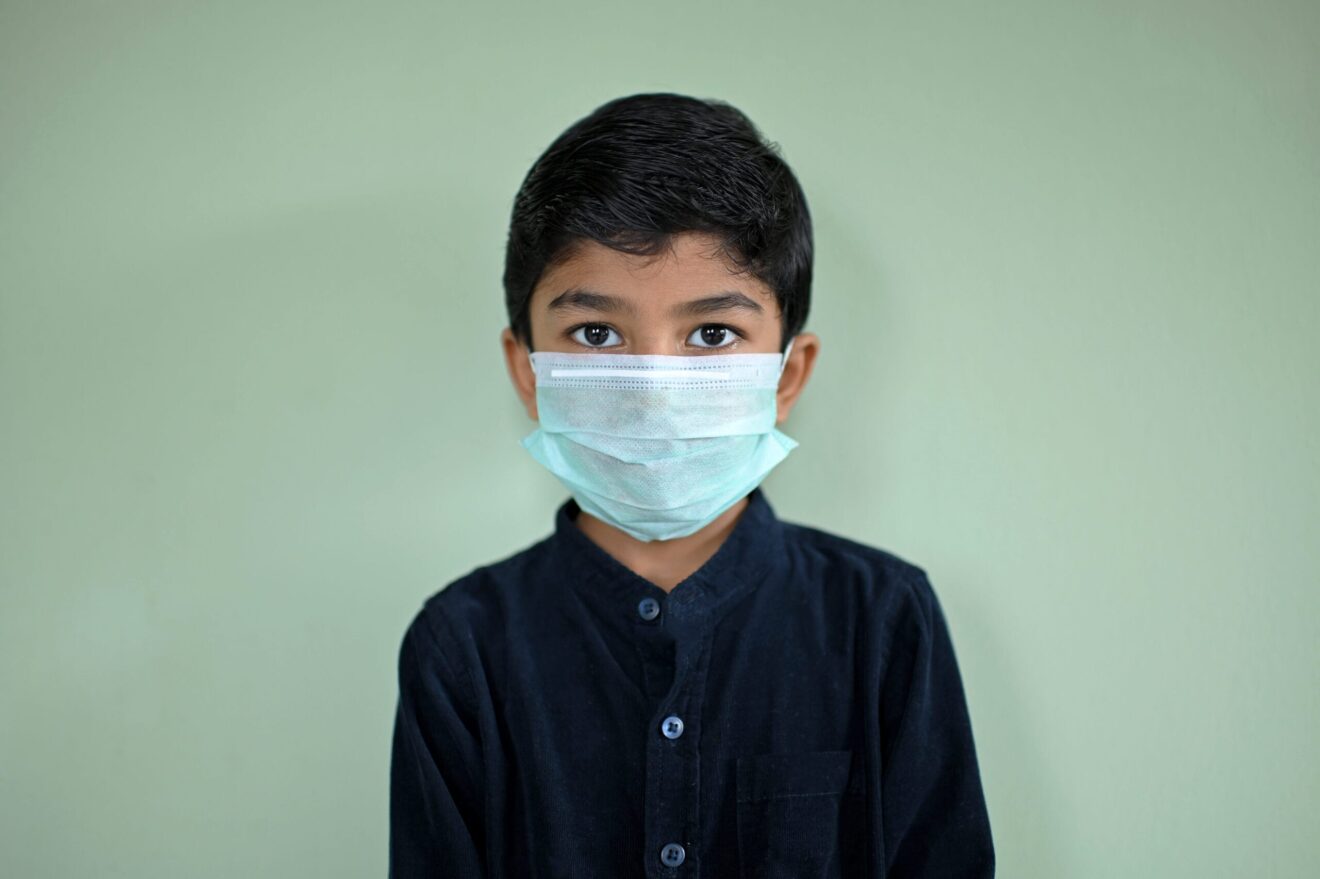As a matter of physical health, or at least mortality, COVID-19 has left children largely unscathed. Of the more than 7,000 associated deaths in Connecticut, just 5 were in young people aged 19 and under, according to the Department of Public Health. But the isolation required by the measures taken to slow the spread of the virus has left its mark on many of Connecticut’s youngest residents.
At Yale-New Haven Health there are more children admitted after suicide attempts, more children treated with severe eating disorders and more children coming in, period, according to Dr. Claudia Moreno, a pediatric psychiatrist at Yale New Haven Children’s Hospital and Yale Child Study Center.
“We are seeing children coming into the hospital much sicker in terms of mental health,” she said. “Instead of seeing a child speaking about suicidal ideations, we are seeing kids after a suicide attempt. My impression is that the level of acuity is much higher when they are coming in than before the pandemic. “
The impacts of isolation have been especially apparent for people with eating disorders such as anorexia and bulimia. Most often, these conditions can be treated at residential facilities or in the outpatient setting, it is only when the patient becomes medically unstable that they are treated in the hospital.
“Right now on the floor I have four children with eating disorders, before COVID it was like once a month if that,” Moreno said. “Everybody is under so much pressure that I think for some of these children, particularly the eating disorder ones, it’s more about the families not knowing how to tap into resources” — resources usually offered to parents, or at least brought to their attention by teachers and support staff at schools.
Between January 2017 and December 2020, 65 children were treated for an eating disorder at Yale-New Haven Hospital. More than one-third of those cases were logged between March and December of 2020.
And they’re not getting better.
“We have challenges with discharging these kiddos back into the community,” Moreno said. “They just come right back.”
Vulnerable children – those genetically predisposed to mental health conditions or living with trauma or in poor conditions – cope with stress differently than most adults.
“We are seeing more aggression with externalizers and more suicidal ideation behaviors, overwhelming anxiety and eating disorders for internalizers,” Moreno said.
Outside of the hospital
Isolation and loneliness has not only impacted the mental health of children, according to doctors we spoke to, but also delayed the developmental growth of children, from infants to teenagers.
“It is key that children socialize,” Moreno said. “It’s how they learn language and interpretation of social cues.”
Children aged three to five should be interacting with other children and learning through peer-to-peer play, said Kathleen Mulrooney, the director of infant and early childhood mental health for Zero to Three.
“At this age, children are beginning to look to peers and that sense of morals and who should be doing what is developing,” Mulrooney said. “This opportunity to learn some interactive skills and language skills may be derailed, but development is a lifelong process.”
According to both Mulrooney and Moreno, children are resilient enough that the vast majority will catch up and not suffer lifelong consequences.
“There might be delays in communication things because of a lack of connection with other kids,” Mulrooney said.
For children that are able to interact with others at daycare or preschool, they still face hurdle of learning to speak while wearing a mask.
“Children learn how to enunciate by watching someone else talk, they need to see a face,” Moreno said. “They’re not going to learn speech from watching half a face.”
Moreno said she expects to see a delay in when children – especially children without siblings close in age – are ready to begin formal education in the years to come.
“We are going to see kids who are not ready to be in school,” she said. “Without developed language skills we will have more kindergarteners who do not have the ability to express their feelings through language and therefore act out.”
For infants, the problem is not the isolation itself, but the stress it may cause their parents.
“When we are talking about loneliness, it’s the impact that has on adults that matters because particularly for infants and toddlers, so much of their emotional life is based on their parents and caregivers,” Mulrooney said. “In babies you’re going to see fussiness, clinginess, trouble sleeping and trouble with eating and feeding especially around parents with anxiety and higher stress levels.”
Children and adults with special needs
For older children, primarily older children with special needs such as autism, regression due to lack of social interaction and loneliness is a significant concern.
“Kiddos on the spectrum who are not in a therapeutic school or their school is not supporting in-person learning, these kids are really struggling with the absence of routine and external supports,” Moreno said.
Routines and structure help children and adults with special needs navigate the world and manage their emotions.
“There isn’t any doubt that when this is over we are going to need to spend the time that’s needed to get people back to the place they were,” said Jane Moen, the executive director of A Little Compassion, a nonprofit focused on improving the lives of those with autism and other disabilities. “That’s just the fact of autism when there is a gap in services.”
On top of the loneliness, the uncertainty of when the social isolation will end is a breaking point for individuals with autism who thrive off structure and rules.
“It’s tough for them to not know when things are going back,” Moen said. “These are the kids that always want to know how long things are going to last and when exactly everything will happen. With this pandemic you can’t give anyone a time frame. It’s become a chronic stressor.”

